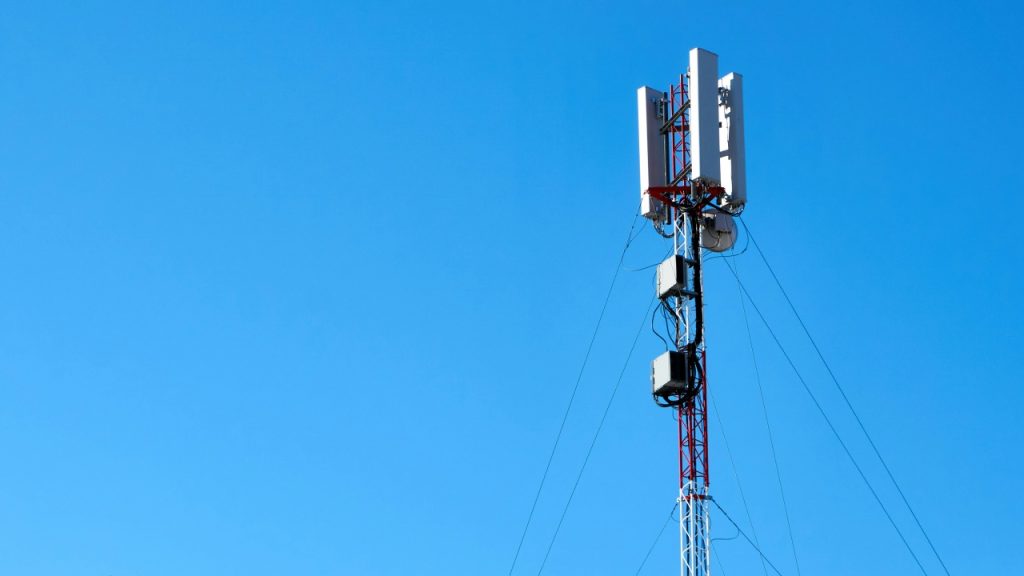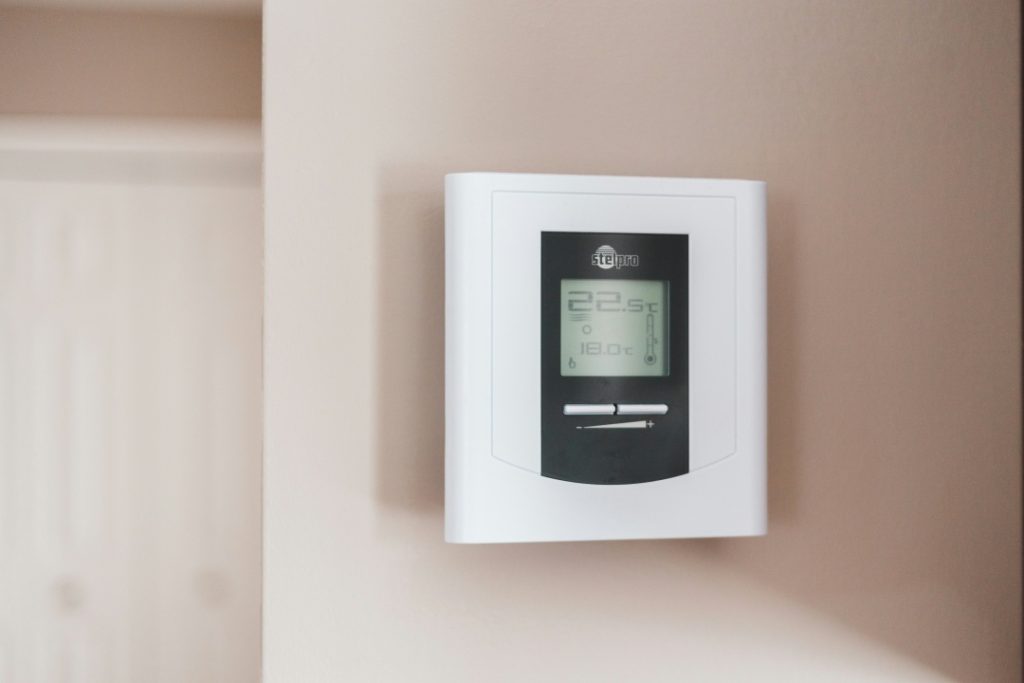Photo by Erik Mclean on Unsplash
Remote property ownership comes with unique challenges. Whether you own a vacation cabin, manage rental properties, or oversee agricultural facilities, maintaining optimal conditions when you’re not physically present is crucial. This is where cellular temperature monitoring technology has become a game-changer for property protection.
What is Cellular Temperature Monitoring?
Cellular temperature monitoring uses mobile network connectivity to transmit real-time temperature data from remote locations directly to your smartphone or computer. Unlike traditional monitoring systems that rely on WiFi or landline connections, cellular monitors work independently using LTE or 3G networks, making them ideal for properties without internet infrastructure.
These devices continuously track temperature fluctuations and send instant alerts when conditions fall outside predetermined ranges, helping prevent costly damage from frozen pipes, equipment failure, or compromised storage conditions. Modern solutions like CabinPulse have taken this technology further by incorporating multiple environmental sensors into a single device, providing comprehensive property monitoring through cellular connectivity.
Why Choose Cellular Over WiFi-Based Systems?
The advantages of cellular monitoring become clear when you consider the limitations of WiFi-dependent systems. Remote properties often lack reliable internet connections, making WiFi monitors impractical or impossible to implement. Cellular temperature monitoring eliminates the need for routers, cable installations, or complex network configurations. You simply plug in the device, and it connects automatically to available cellular networks.

Reliability is another crucial factor. WiFi networks can be unstable, especially in rural areas where many vacation properties are located. Power outages frequently knock out internet routers, leaving traditional monitors offline precisely when you need them most. In contrast, cellular devices with battery backup continue operating and alerting even during power failures. This is why property owners increasingly trust systems like CabinPulse, which includes a 3-day battery backup specifically designed for extended outage protection.
Modern cellular temperature monitoring systems also offer broader coverage by utilizing multiple carrier networks with automatic failover capabilities. If one network experiences issues, the device seamlessly switches to another available carrier, ensuring continuous connectivity across vast geographic areas. This multi-carrier approach means you’re not dependent on a single provider’s coverage, significantly improving reliability in remote locations.
Perhaps most importantly, the simplified setup process makes cellular monitors accessible to everyone. Without the need to configure WiFi passwords or network settings, these devices offer true plug-and-play functionality. This simplicity proves particularly valuable for property managers handling multiple locations who need consistent, reliable monitoring without technical complexity.
Key Applications for Cellular Temperature Monitoring
Vacation homes and cabins represent the most common use case for cellular temperature monitoring. These properties face significant risks from frozen pipes during winter months, and early detection of temperature drops allows owners to take action before costly damage occurs. A single frozen pipe can result in thousands of dollars in repairs and water damage restoration.
Agricultural operations have discovered immense value in cellular monitoring for maintaining optimal storage conditions. Whether protecting grain silos, wine cellars, or greenhouse environments, temperature fluctuations can spoil valuable inventory or compromise crop yields. The ability to monitor these conditions remotely has revolutionized agricultural storage management.

RV and boat storage facilities present another ideal application. These valuable assets require protection from extreme temperatures that can damage batteries, electronics, and interior materials during long-term storage. Cellular monitoring provides peace of mind for owners who store their recreational vehicles far from home.
Commercial properties benefit significantly from cellular temperature monitoring as well. Server rooms require constant temperature control to prevent equipment failure, while warehouses must maintain specific conditions for inventory preservation. Retail locations use these systems to protect temperature-sensitive merchandise and ensure customer comfort. CabinPulse has found particular success in these commercial applications due to its Fleet View feature, allowing businesses to monitor multiple locations from a single dashboard.
Essential Features to Look For
When selecting a cellular temperature monitoring solution, several critical features deserve consideration. Multi-sensor capabilities extend beyond basic temperature readings to include humidity, air quality, and power outage detection. This comprehensive monitoring approach provides a complete picture of environmental conditions affecting your property.

Customizable alerts ensure you receive notifications that matter. The ability to set specific temperature thresholds and choose notification methods keeps you informed without overwhelming you with unnecessary alerts. Quality systems allow multiple contact methods including text messages, emails, and mobile app notifications.
Historical data logging proves invaluable for identifying trends and patterns over time. This feature helps you understand how your property responds to weather changes and can reveal issues like inadequate insulation or HVAC problems before they cause damage. Systems like CabinPulse store this data indefinitely while your subscription remains active, providing valuable long-term insights.
Battery backup capabilities ensure continuous monitoring during power failures when properties are most vulnerable. Look for systems offering at least 48-72 hours of backup power to cover extended outages common in remote areas. Additionally, accuracy across a wide temperature range, typically from -20°C to 60°C, ensures reliable readings in extreme conditions.
For those managing multiple properties, fleet management capabilities become essential. The ability to monitor numerous locations from a single dashboard streamlines property management and helps identify issues quickly across your entire portfolio.
Real-World Cost Savings
The investment in cellular temperature monitoring pays for itself by preventing a single incident. Frozen pipe repairs typically range from $5,000 to $15,000, not including water damage restoration. Mold remediation following undetected humidity issues can cost $3,000 to $10,000. Lost inventory in cold storage facilities often exceeds $10,000, while equipment replacement due to temperature damage ranges from $2,000 to $20,000.
These figures don’t account for the time, stress, and inconvenience of dealing with property emergencies from a distance. The peace of mind alone justifies the modest monthly monitoring fee, especially when compared to potential losses.
Implementation Best Practices
Strategic placement of monitoring devices maximizes their effectiveness. Install monitors in areas most vulnerable to temperature extremes such as basements where pipes are located, attics that experience significant temperature swings, or near critical equipment requiring climate control. Many property owners find that placing units centrally allows for better overall coverage while still detecting problematic areas.
Setting appropriate thresholds requires balancing sensitivity with practicality. A cabin might need warnings when temperatures approach 40°F to prevent freezing, while a server room requires alerts if temperatures exceed 80°F. The flexibility to adjust these thresholds seasonally helps account for normal fluctuations while maintaining protection.
Regular testing verifies your system functions correctly. Periodically request manual updates or test alert systems to ensure everything works as expected. This practice becomes particularly important before leaving for extended periods or seasonal transitions when property risks increase.
The Future of Remote Property Monitoring
As cellular networks expand and technology advances, we’re seeing exciting developments in remote monitoring. Integration with smart home systems allows for automated responses to temperature changes, such as activating heating systems remotely. AI-powered predictive alerts can identify potential issues before they become critical, while expanded sensor networks provide increasingly comprehensive property monitoring.
Enhanced battery life and solar charging options promise even greater reliability for extremely remote locations. Companies like CabinPulse continue innovating in this space, recently announcing upcoming support for Bluetooth add-ons including leak sensors and motion detectors, further expanding monitoring capabilities.
Making the Right Choice
When evaluating cellular temperature monitoring solutions, prioritize reliability, ease of use, and comprehensive coverage. The market offers various options, but CabinPulse has distinguished itself through industrial-grade sensors, seamless North American-wide cellular coverage, and an intuitive dashboard design. Their system goes beyond basic temperature monitoring to include humidity, air quality, power outage detection, and even smoke alarm recognition, all without requiring WiFi infrastructure.
The importance of choosing a proven provider cannot be overstated. Look for companies with established track records, responsive customer support, and transparent pricing. Consider factors like warranty coverage, data retention policies, and the ability to pause service seasonally if needed.
Conclusion
Cellular temperature monitoring has evolved from a luxury to a necessity for remote property owners. The peace of mind and potential cost savings far outweigh the modest investment required. By choosing a reliable cellular monitoring system, you’re not just protecting your property – you’re ensuring that distance never compromises your ability to maintain and safeguard your valuable assets.
Whether you’re managing a single vacation home or an entire portfolio of properties, cellular temperature monitoring provides the real-time insights and instant alerts needed to prevent disasters before they happen. In an era where remote property management is increasingly common, this technology has become an essential tool for responsible ownership. As more property owners discover the benefits of cellular monitoring through solutions like CabinPulse, we’re seeing a shift in how people approach remote property protection, moving from reactive damage control to proactive prevention.






